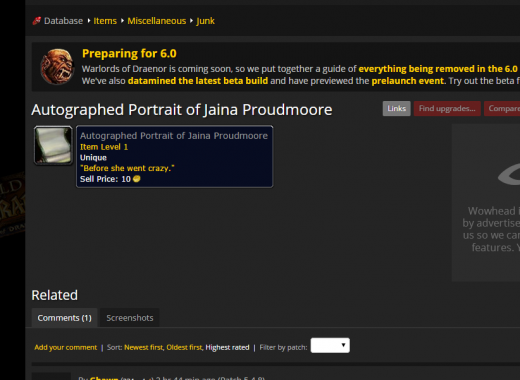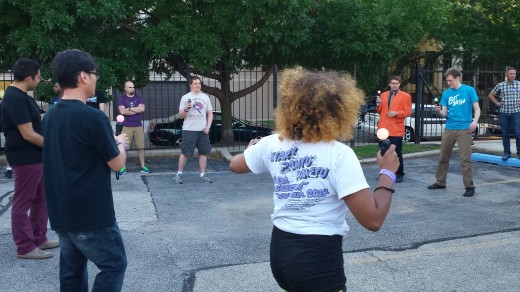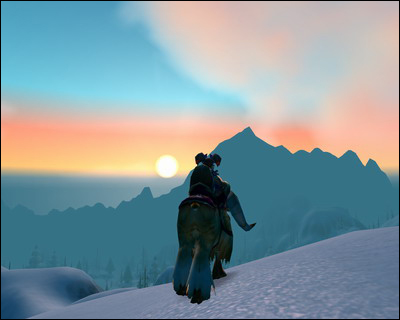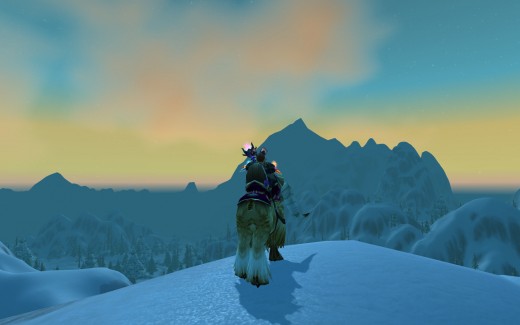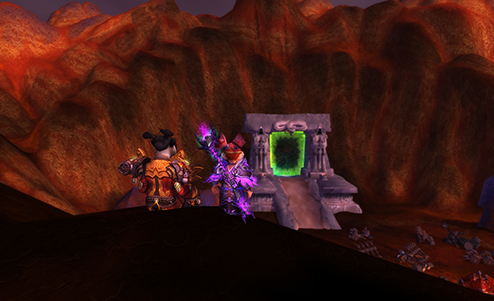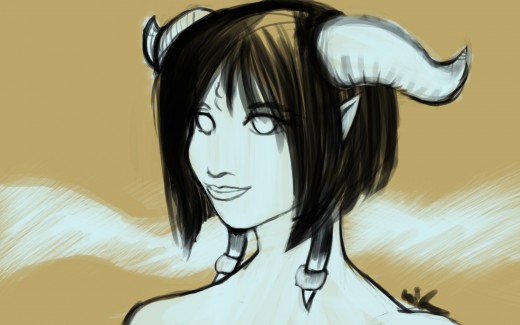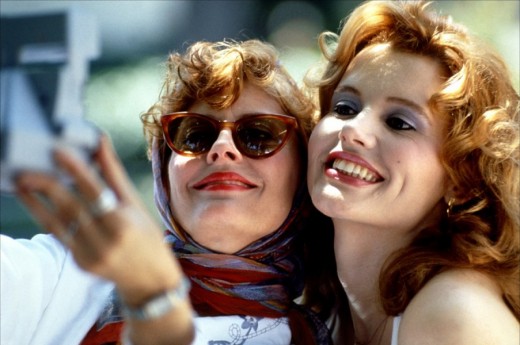
Thelma and Louise picture courtesy of the Screenlines blog.
Sometimes you just have to trick yourself into thinking you’re going on vacation and while no one is paying attention, pack your car and head west.
It’s weird to think of leaving a game and its attendant community with the same gravitas as other more serious topics, but given how often World of Warcraft resembled a small town at times, it is an apt description. For a population of 7 million, it was incredibly insular in that regard. Instead of doing things for World of Warcraft, it’s been nice to focus on other things, particularly things that interest me, no matter what they are. I’ve been catching up on more television and movies with my boyfriend, as well as trying out way more games. Not having to maintain an audience who only care for me to talk about WoW means I can talk about anything I want, and interact with whomever shows up to listen.
I never thought I’d leave Warcraft. I thought about the day that I’d just end up being done and turn off the lights, wander away. I didn’t realize that it would really be me watching my pretty consistent enthusiasm for a game being ground into dust and my attempts to change things being stymied as I realized that a giant company doesn’t really have to care. Warcraft, and Blizzard if we’re being honest, is so massive that it has its own gravity. You either roll in towards it or in my case, work up the energy to fly away. It is a funny business attaching yourself, limpet-like, to one game and one game only and the whole method of criticizing the one thing you’re so intimately connected with. People resented me for my criticisms, but those same people were the ones I had to impress and cajole into listening. I grew increasing frustrated when I realized the only thing that kept us talking to each other was a thing I was growing to hate. I was playing the same game that I had come to despise over a number of months, wishing it would get better and then watching it get worse. I definitely wasn’t making any progress, and I wasn’t getting any better at what I was doing. I also was becoming a person I really didn’t like - resentful, angry and generally just bitter.
Everything looked like it would be better once I put enough distance between myself and Warcraft. The reality is that it is and isn’t. I am a small country mouse in a big city now. (I would imagine some people would term it as “little fish in a big pond” but I am not nor consider myself such. I just know this is a different culture now where the land is way more unfamiliar.)
The larger gaming community is confusing and it’s been odd to disentangle myself from one population of people with a significant sexism problem only to run straight into watching the paranoia, misogyny and schisms happening all over due to gamers being angry that women like making games and writing about them. It did remind me though that trying to attack the problems with one game left me not focusing at how it’s a deeply connected issue to every other game that’s been made and the people who play them. It also showed me that the despite all of those fibers crossing back and forth, capital-G gaming is content to not overturn the rock that is MMORPGs and the shit that goes on there. This is one of the reasons that MMORPGs have such a weird, impenetrable barrier around them; they are a genre of game so all-encompassing and socially engrossing that it’s very hard to get out of them long enough to try other things, and the audience is okay with the larger world ignoring them. MMORPGs are hard to understand unless you’re in the thick of it. Having been there, I understand that it is extremely hard to leave, and extremely hard to peer into it without feeling confused.
I guess this is at least one thing I do understand, this liminality. There’s a difficulty in making a promise to yourself that forever means just that, the end. It’s hard to change present tense to past, to put down the road lines as you’re driving, trying not to outpace your expectations by the reality of the situation. I keep moving forward and away because it’s not cool to look at explosions. It’s also hard not to sound dire when I don’t even know if I’m running from, or to somewhere.
Some days, it feels like a little of both.

